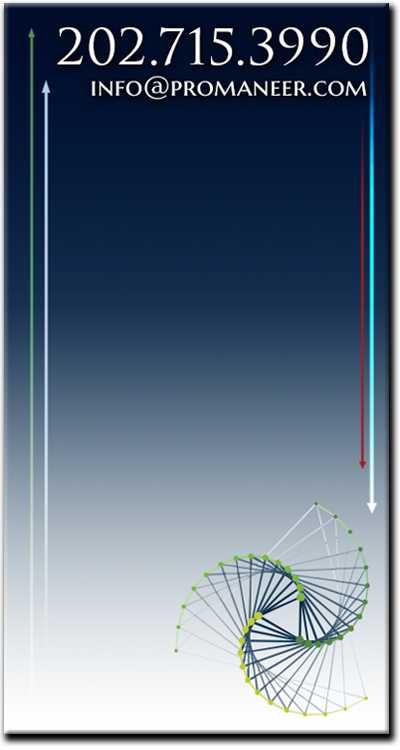Disputes over the quality of work, more often the product installations in particular, unfortunately arise because of differing expectations and opinions with construction specifications. The Owner expects high quality for guaranteed product performance and durability, while the Contractor may challenge the Owner’s expectations as exceeding contract requirements and standards.
“Industry standard” is frequently argued, but what exactly is industry standard? It’s such a broad term applicable to a vast array of product installations that unequivocally defining it specifically for the issue in dispute is usually ineffectual. Each party interprets the term with its version of a definition. OK, so instead the relevant sections from the Project Specifications, if available, ought to more explicitly define the metrics and criteria under the sub-sections for installation and execution. The Project Specs are normally thought be tailored to the project and thus should indisputably establish the standards for each product installation. Yet, how often is the spec manual a compilation of boilerplate language copy-and-pasted over and over despite the unique differences between certain aspects of each project? Unfortunately, the specs do not always cut the knot.
If the Architect or Designer is sought for resolving the dispute, does the contract make the decision final? Or is the Architect simply giving an opinion or recommendation to facilitate a resolution? In either case, one side is probably not going to be entirely content. It’s human nature. Nevertheless, hopefully a compromise can still be reached and will be fulfilled.
But what a hassle arguing over these differences of opinion; interpretations of standards and specs; and who’s right and who’s not so right. It’s time and money spent above what you anticipated the project to cost. For multiple projects with these types of disputes Promaneer has successfully negotiated resolutions, and in some instances without compromise. The key? The manufacturer’s published installation requirements and specifications can often settle the disputes in these situations. Why? Let’s find out.
Several projects that Promaneer has been part of included manufactured stone veneer or what is otherwise referred to as simulated stone. Just about every stone veneer manufacturer utilizes the same details published by the Masonry Veneer Manufacturers Association (MVMA). The installation guidelines and specifications are graphically represented by MVMA and more elaborated by each manufacturer in its respective installation requirements. Yet, Promaneer found the architectural drawings on a couple of these projects to be contrary to the manufacturer’s installation requirements showing elevations and wall sections which did not comply with the MVMA details. Of course, attempted arguments that project drawings always prevail over the product submittals were quickly subdued, and on one project the veneer was ultimately replaced in accordance with the manufacturer’s requirements.
Similarly, EIFS installation has very stringent installation requirements. Sto Corp and DryVit both have extensive detail drawings for their product installations for nearly every condition, and also clearly explain the preparation and installation requirements. The eventual positive fallout from all of the class-action suits years ago over water damage and moisture infiltration has been exceptionally thorough installation manuals from the EIFS manufacturers to ensure proper installations.
These are just two examples of many, but back to why the manufacturers’ installation requirements are the key in many dispute resolutions. Are the manufacturer’s documents necessarily included as part of the Contract Documents? Most boilerplate Project Specifications usually include two general sections that win the day for establishing the manufacturer’s installation requirements. One is the virtually universal language about the contractor’s review and understanding of the product submittals before submitting to the Architect and/or Owner, which includes all of the manufacturer’s references and requirements for handling and installation. The other is a general provision about the stricter of criteria and standards prevailing whether written in the Project Specifications or in the product manufacturer’s installation manual and/or product submittal literature.
So be certain that these provisions are contained in your project’s spec manual. More importantly be sure the spec manual itself is explicitly named in the list of the Contract Documents described in the construction contract. Last but not least, have someone (or ones) who can knowledgeably inspect the work on your behalf during construction and before it is formally accepted. Hire the right individuals suitably experienced to identify issues. The old saying is “you don’t know what you don’t know”. Therefore, the appropriate expertise can save you the headache of future problems due to improperly installed building components.
